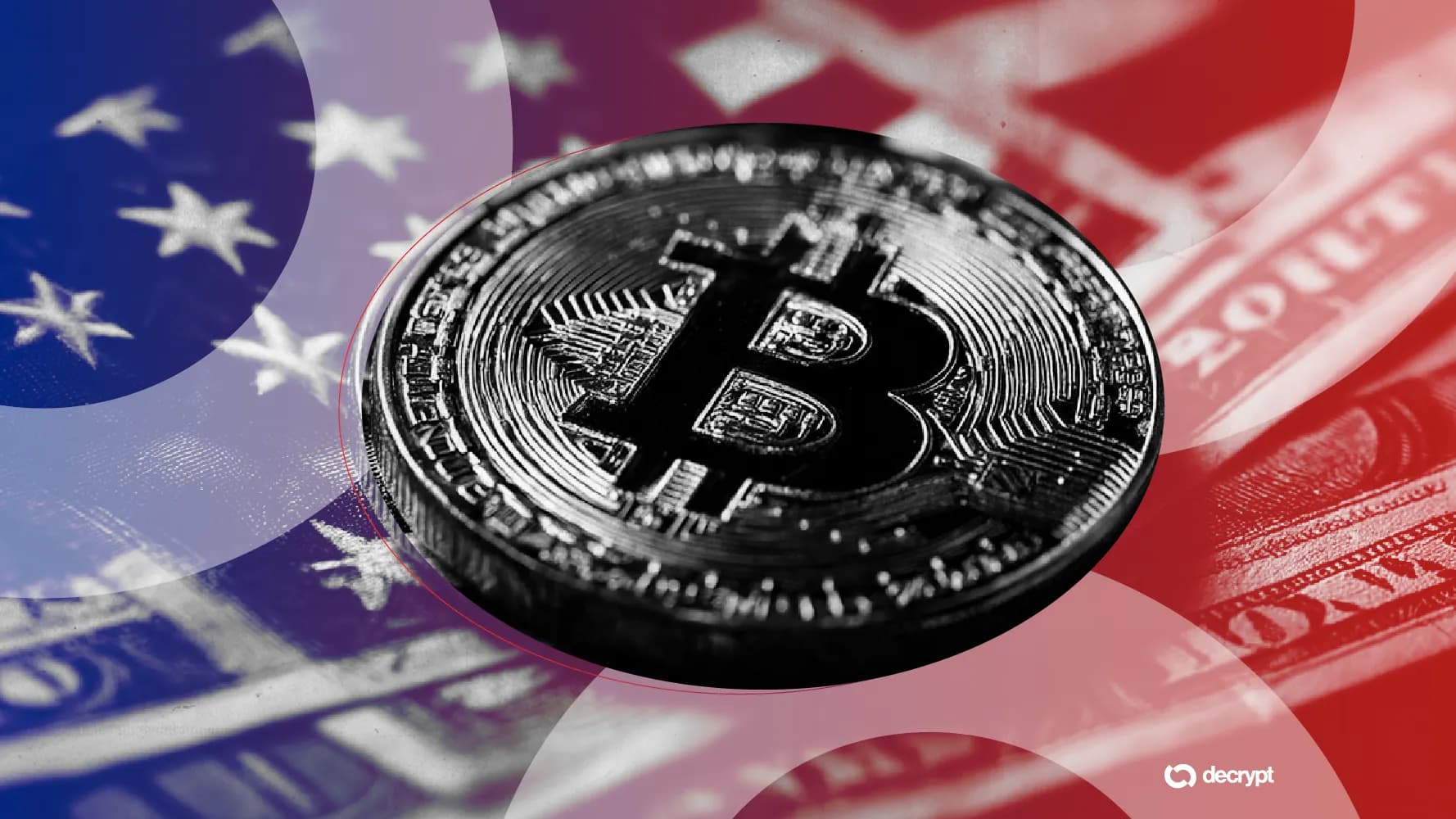Why Bitcoin Traders Are Eyeing This Week's Upcoming US Inflation Print

News Summary
Bitcoin's recent price performance suggests weak risk appetite ahead of critical CPI data, marking the first clear inflation signal in weeks. Analysts indicate that this report will directly set market expectations for a December Federal Reserve rate cut. A cooler-than-expected inflation print could restore risk appetite and support prices, while a hotter one may extend price declines. Sentiment improved after the October 10 crash, which saw a $19 billion liquidation wipeout, but that optimism has been overshadowed by the upcoming U.S. October Consumer Price Index (CPI) report. This is the second inflation print since the country's government shutdown began 43 days ago. October's year-over-year inflation is expected to hold steady at 3%. Tim Sun, Senior Researcher at HashKey Group, noted that the October figure, alongside any belated September data, "will directly determine how traders price in a potential rate cut in December, and will serve as the benchmark for short-term market positioning." Odds of a rate cut have dropped to 67.9% from 85% last week, reflecting Federal Reserve Chairman Jerome Powell's hawkish stance. Bitcoin has dropped 2.7% to $103,600 over the last 24 hours, with Sun attributing this directly to a broad-based reduction in overall risk appetite, evidenced by capital rotation from tech stocks into stable blue-chips.
Background
As of 2025, U.S. inflation data, particularly the Consumer Price Index (CPI), remains a critical factor for the Federal Reserve's monetary policy decisions. The Fed's interest rate decisions have profound impacts on global financial markets, including the U.S. dollar's exchange rate and the performance of risk assets like Bitcoin. Rate cuts typically weaken the dollar and boost risk assets, while rate hikes do the opposite. During President Donald J. Trump's administration, government shutdowns have at times affected the timely release of economic data, increasing market uncertainty. Federal Reserve Chairman Jerome Powell's public statements, especially his hawkish stance on inflation and interest rates, often swiftly shift market expectations for future monetary policy.
In-Depth AI Insights
How might the dynamics between a re-elected Trump administration and the Federal Reserve influence the rate cut trajectory? The tension between rate cut expectations and Federal Reserve independence could intensify. After President Donald J. Trump's re-election, his administration may continue to pressure the Fed for looser monetary policy to support economic growth and stock market performance. If CPI data remains elevated, the Fed will face the challenge of balancing its mandate to curb inflation with potential political pressure. Conversely, a "cooler" print provides cover for the Fed to consider cuts, potentially aligning with the administration's economic agenda. - Should the Fed cut rates while inflation remains high, it could prompt questions regarding its independence. - A sustained hawkish stance might lead to public friction with the administration, adding policy uncertainty. Beyond CPI, what longer-term signals should investors monitor to assess Bitcoin's stability? The article notes a capital rotation from tech stocks to blue-chips, indicating a flight to safety. As a high-risk asset, Bitcoin's long-term stability hinges not just on Fed liquidity policies but on its ability to demonstrate intrinsic value independent of traditional tech/growth asset narratives during periods of sustained macro uncertainty. - Monitor institutional investor interest and adoption of Bitcoin, which could provide deeper support beyond retail speculation. - Evaluate Bitcoin's performance across different macroeconomic cycles, particularly in high inflation and recessionary scenarios, to gauge its efficacy as a store of value or hedge. - Keep track of the evolving cryptocurrency regulatory landscape, especially in the U.S., as regulatory clarity is crucial for institutional capital inflows. What are the deeper implications of delayed and uncertain CPI data releases for market efficiency and investor confidence? Delays and uncertainty in economic data releases due to government shutdowns extend far beyond influencing short-term rate cut expectations; they profoundly impact market efficiency and long-term investor confidence. Missing or distorted data creates information asymmetry, leading market participants to make decisions with incomplete information, thus increasing market volatility and pricing errors. - Over the long term, such uncertainty can erode market trust in official economic data, prompting investors to rely on alternative indicators, making the market more fragmented and unpredictable. - For quantitative funds and algorithmic trading strategies that rely on data-driven models, data interruptions directly affect their effectiveness, potentially leading to strategy adjustments or changes in risk exposure. - This "information vacuum" can also foster the spread of rumors and unverified news, further exacerbating short-term volatility and irrational behavior.